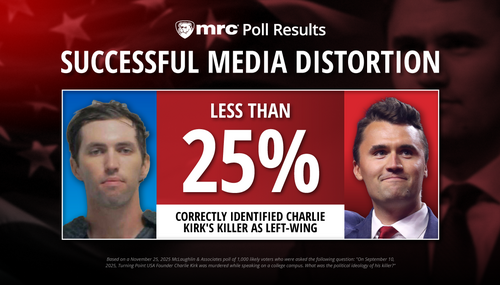Half a cheer for HBO! It turns out the network’s graphic Game of Thrones TV series doesn’t feature nearly as much sexual violence as it could. Far from the usual Hollywood pattern of sexing up a story when bringing it to the screen, a fan has discovered the series actually shows many fewer rapes than George R.R. Martin’s books contain.
But the reason we know this is the violent rape scene featured in an episode earlier this month captured attention – and not the good kind. Many viewers were outraged and sparked a debate about whether the series had gone too far.

One fan went so far as to see if the show reflects the book with a rape-count. After a commenter’s challenge that the Game of Thrones show contains more rape than the books, Tumblr-user Tafkar decided to count the instances of rape in both and publish her findings in “Rape in ASOIAF vs. Game of Thrones: a statistical analysis.” Among other findings, Tafkar discovered that the books contain more than four times as much rape as the show.
Game of Thrones is based on A Song of Ice and Fire (ASOIAF), a series of fantasy novels by American author George R. R. Martin.
Up until May 24, Tafkar counted 50 rape acts and 29 rape victims in the Game of Thrones TV series. In comparison, Tafkar found 214 rape acts and 117 rape victims in ASOIAF, the books.
The books contain over 4 times as much rape as the show,” she wrote, before adding, “and probably even more; the method of analysis likely underestimates the rape in the books.”
Anticipating a backlash, Tafkar reassured, “that’s not to say the show’s not problematic. It’s to say that the books are problematic.”
But many – including feminist and entertainment journalists – disagree with her. Blogger Matt Walsh recently wrote an impassioned argument against Christians consuming the “show that makes a spectacle out of rape and incest.”
In a post the next day, Tafkar bashed George R. R. Martin for his portrayal of rape.
“George R. R. Martin uses nameless women’s bodies as character development for male antagonists in A Song of Ice and Fire,” she began. “Rape victims serve as props and set decoration to illustrate a man’s depravity.”
To prove her point, Tafkar later explained that “[t]here are two examples in which rape victims tell us their stories through the narrative.” “The victims in question,” she wrote “are both villains.”
Tafkar also argued that “the story is not directly reflective of history.”
“Martin is using horrific events from over the course of a thousand years – but squeezing them into a story with about a 2-year span (so far),” she wrote. “In addition to cherry-picking his horrors, he’s also cherry-picking the social elements of society in a way that doesn’t stand up to a historical analysis.”
Pointing to past comments by Martin, Tafkar argued that the author is “content to use rape to develop male characters, to titillate the reader, and to paint rape victims seeking justice as villains.”
“This calls into question his empathy as a human being and his imagination as a writer,” she concluded.




